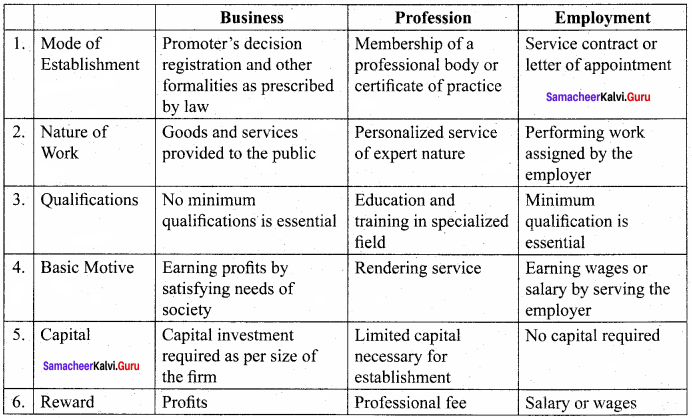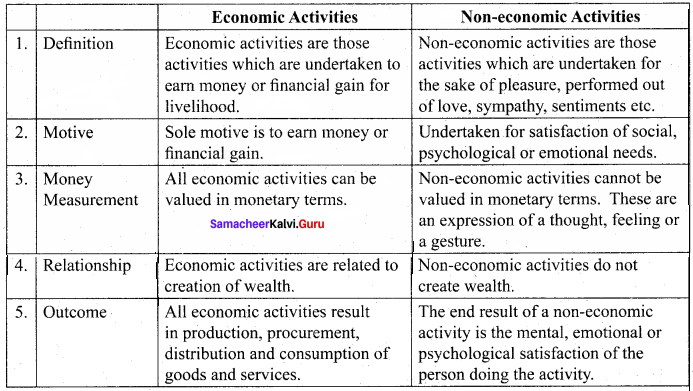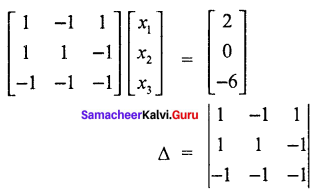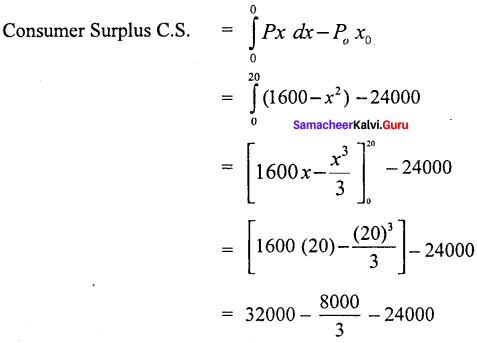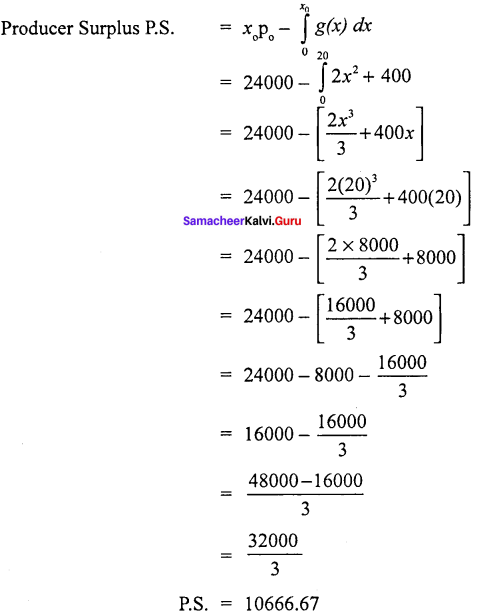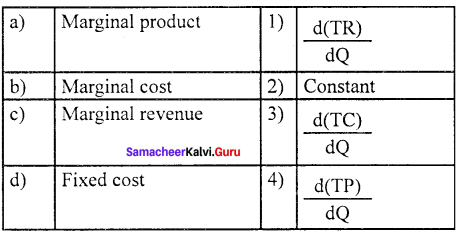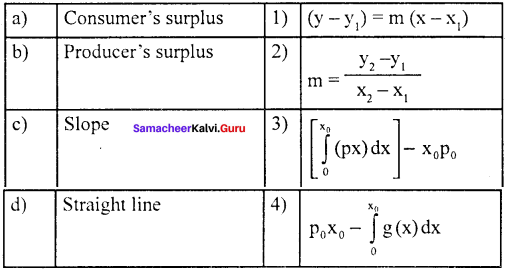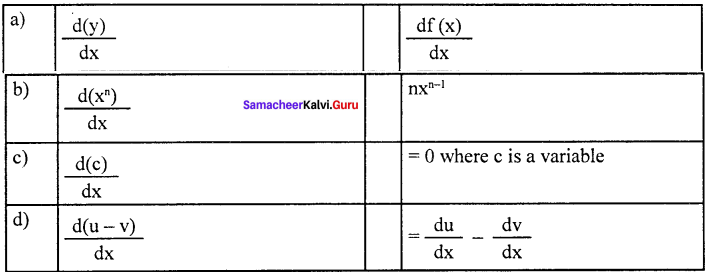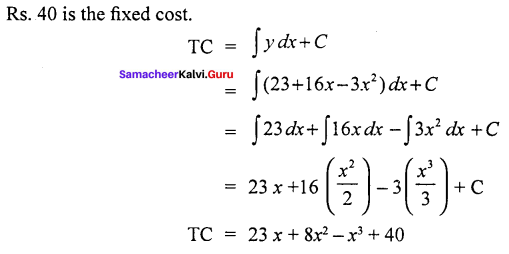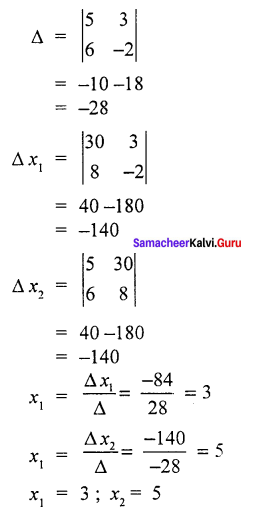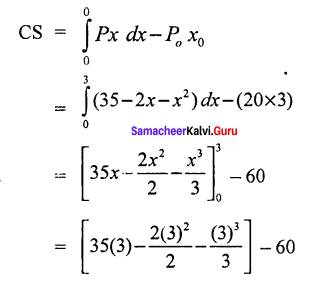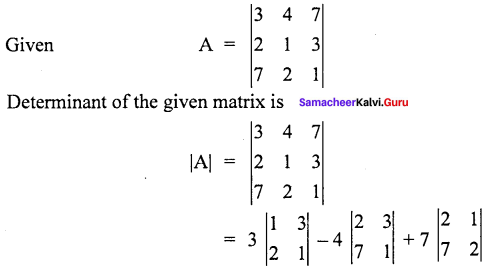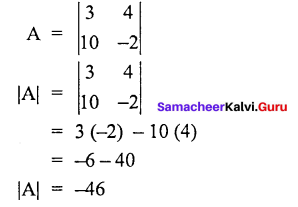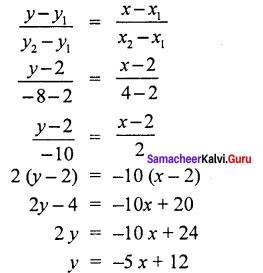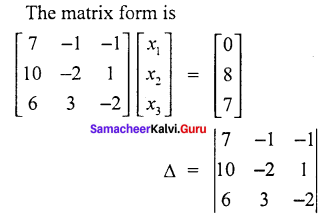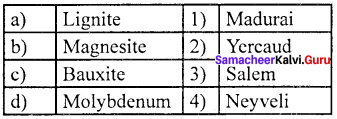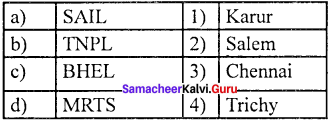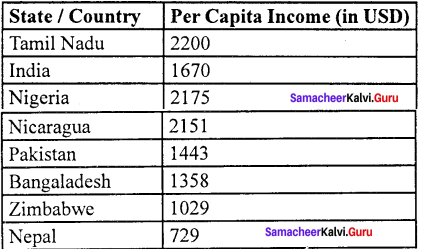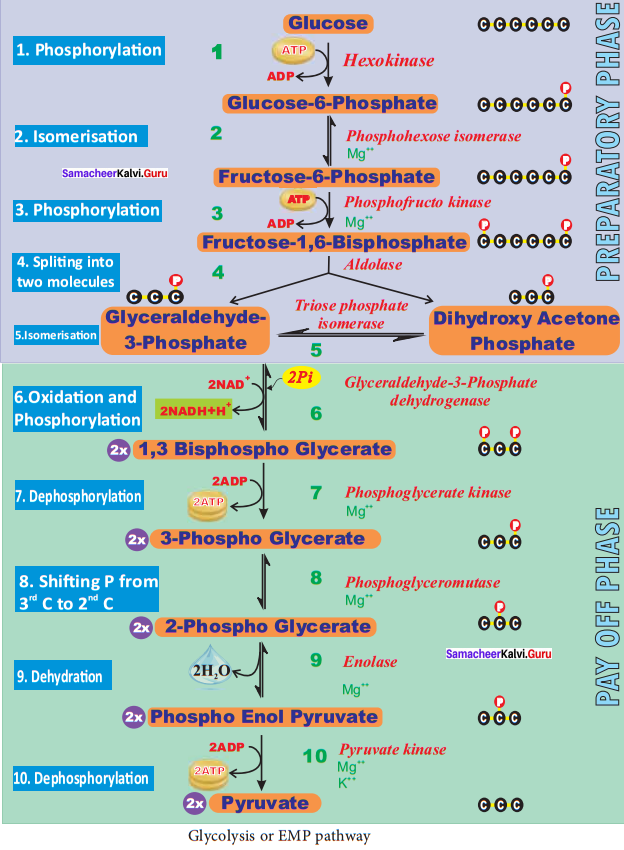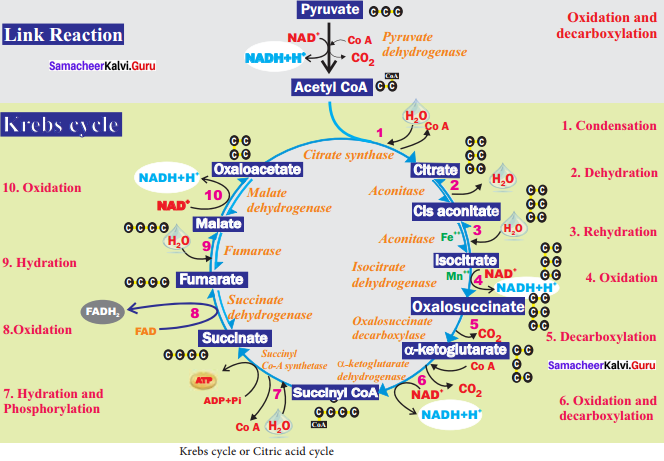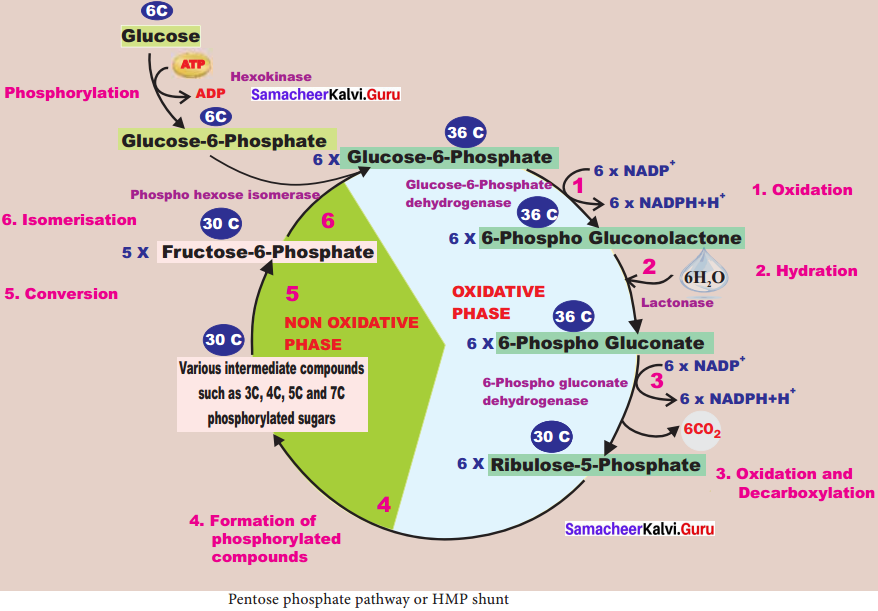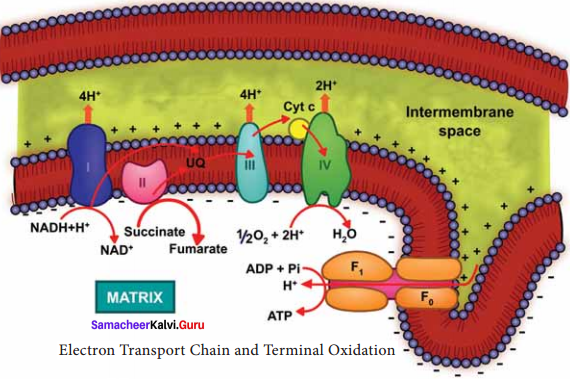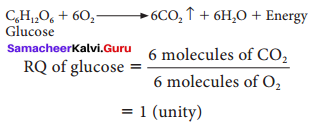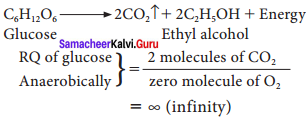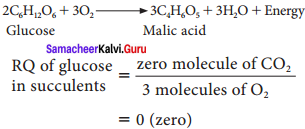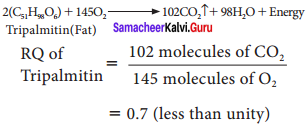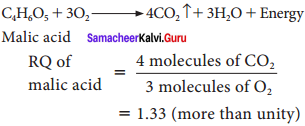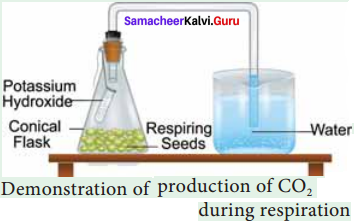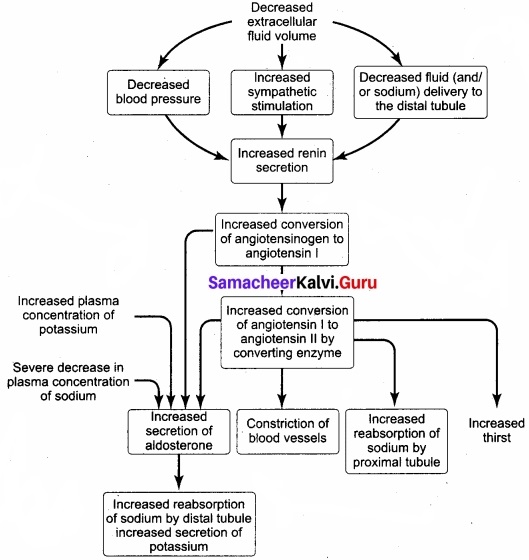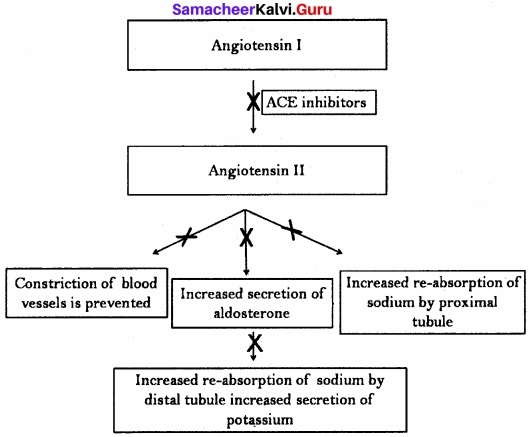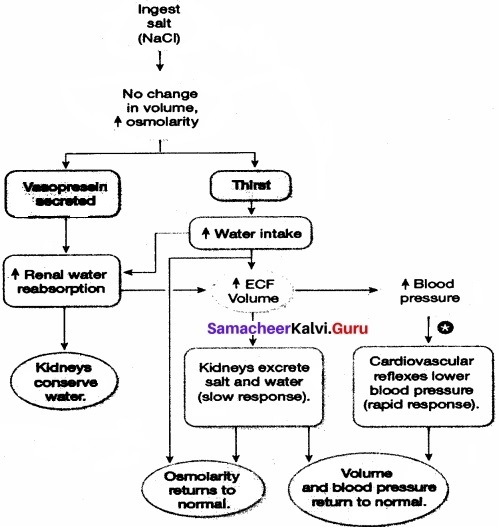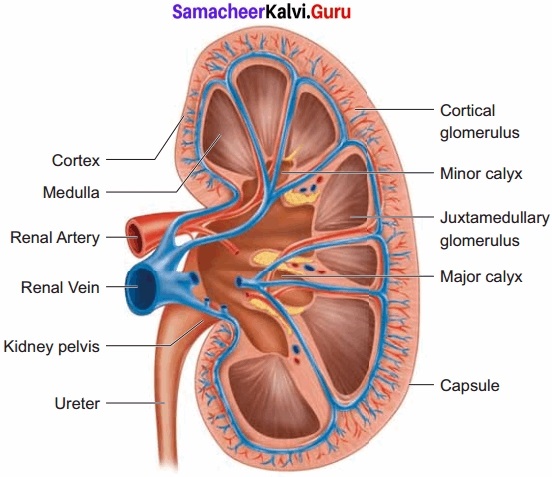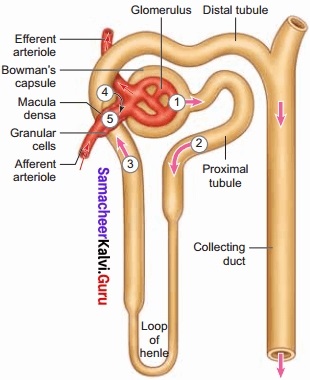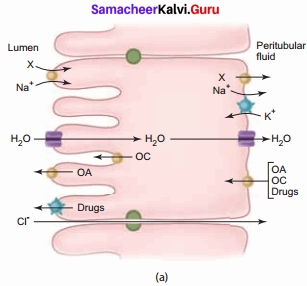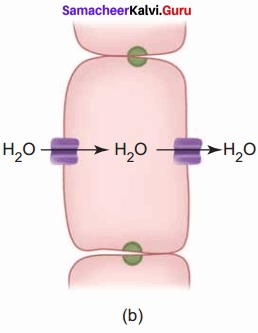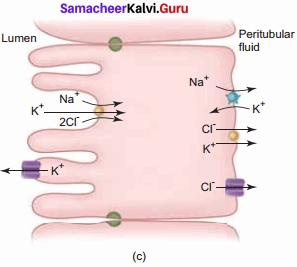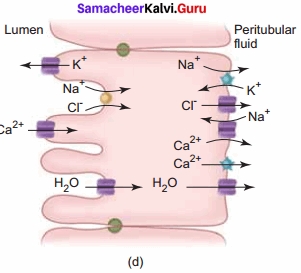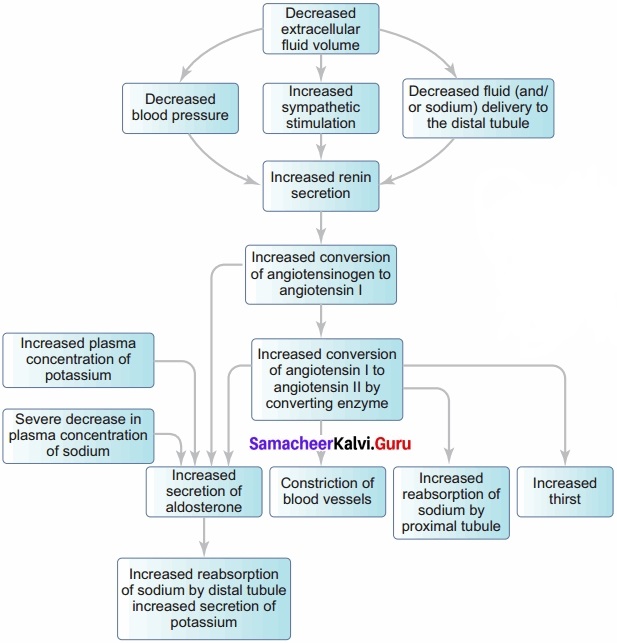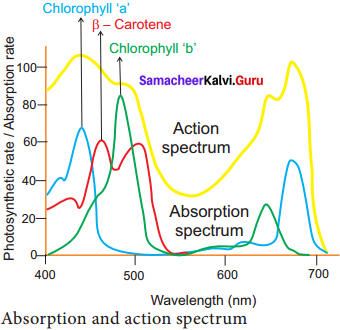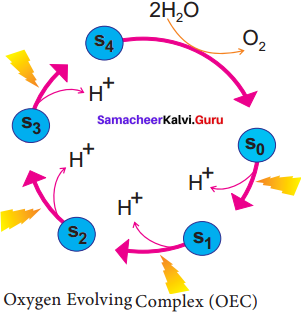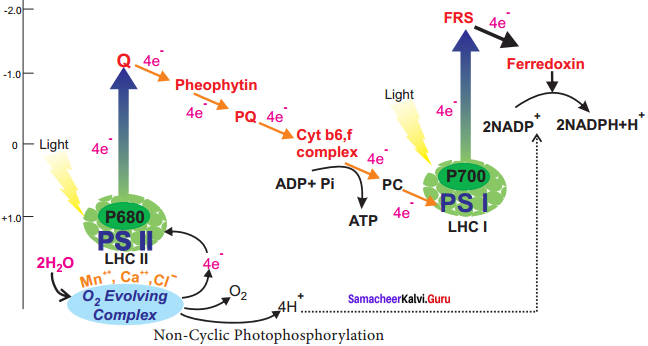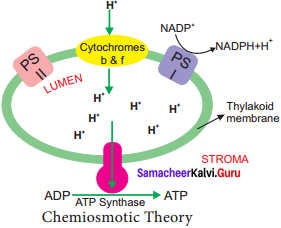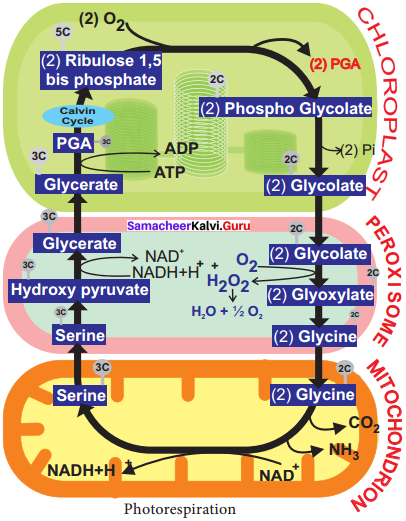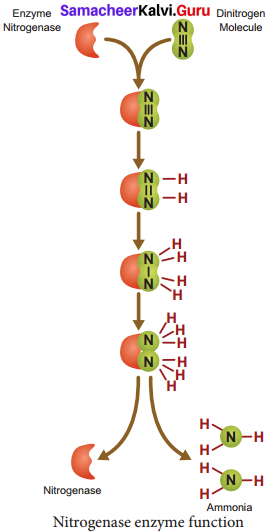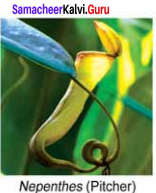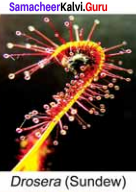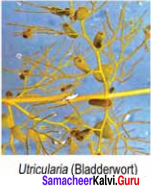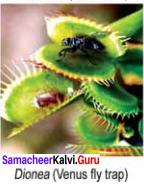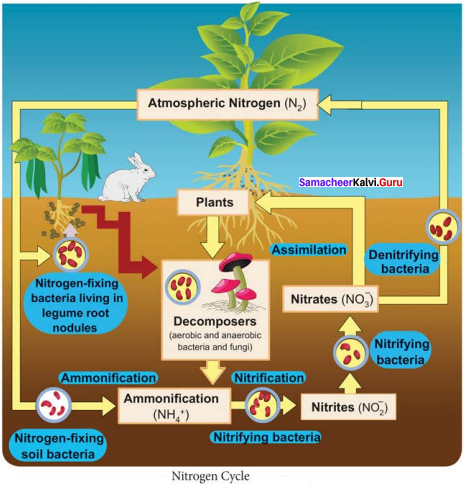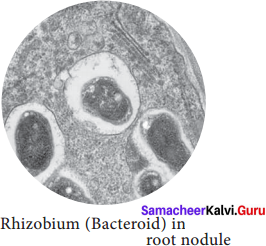Students who are interested in learning of 11th English Grammar Homophones Questions and Answers can use Tamilnadu State Board Solutions of 11th English Chapter Wise Pdf. First check in which chapter you are lagging and then Download Samacheer Kalvi 11th English Book Solutions Questions and Answers Summary, Activity, Notes Chapter Wise. Students can build self confidence by solving the solutions with the help of Tamilnadu State Board English Solutions. English is the scoring subject if you improve your grammar skills. Because most of the students will lose marks by Grammar grammar mistakes. So, we suggest you to Download Tamilnadu State Board 11th English Solutions according to the chapters.
Tamilnadu Samacheer Kalvi 11th English Grammar Homophones
Check out the topics covered in Grammar Homophones Questions and Answers before you start your preparation. Improve your grammar skills with the help of Samacheer Kalvi 11th English Book Solutions Questions and Answers pdf links. The solutions for Tamilnadu State Board 11th English Textbook are prepared by the English experts. So, if you follow Tamilnadu State Board Solutions 11th English Textbook Solutions you can cover all the topics in Grammar Homophones Questons and Answers. This helps to improve your communication skills.
Homophones are one of the group of words pronounced alike but differ in meaning and spelling or both. (e.g.) carat, carrot; week, weak and hear, here.
Rewrite the following sentences by using the correct homophones for the underlined words:
Question 1.
The story “Beauty and the Beast” is interesting.
Answer:
The story “Beauty and the Beast” is interesting.
Question 2.
Mom gave good advice to her son.
Answer:
Mom gave good advice to her son.
Question 3.
Ice cream was served as dessert.
Answer:
Ice cream was served as dessert.
Question 4.
Cease time by the foreclock.
Answer:
Seize time by the foreclock?
Question 5.
Mothers do not have time for bedtime tails any more.
Answer:
Mothers do not have time for bedtime tales any more
Question 6.
Never pause unhealthy comments.
Answer:
Never pass unhealthy comments.
Question 7.
Trump wood be pleased to continue the military aid to Pakistan.
Answer:
Trump would be pleased to continue the military aid to Pakistan.
Question 8.
The Nellore bound train met with an accident an our ago.
Answer:
The Nellore bound train met with an accident an hour ago.
Question 9.
The grapes on the wine are beautiful.
Answer:
The grapes on the vine are beautiful.
Question 10.
Orthodoxical Hindus never eat meet.
Answer:
Orthodox Hindus never eat meat.
Question 11.
Getting gold medals thrice for running 200 metre dash continuously is a great feet.
Answer:
Getting gold medals thrice for running 200 metre dash continuously is a great feat.
Question 12.
Time may heel some wounds.
Answer:
Time may heal some wounds.
Question 13.
Mom advised me to prey regularly.
Answer:
Mom advised me to pray regularly.
Question 14.
Don’t loose your temper.
Answer:
Don’t lose your temper.
Question 15.
Some believe, “Mite is right”.
Answer:
Some believe, “Might is right”.
Question 16.
She new the way to the supermarket.
Answer:
She knew the way to the supermarket.
Question 17.
King Solomon was always faring in his judgment.
Answer:
King Solomon was always fair in his judgment.
Question 18.
Marina beech is the longest in Asia.
Answer:
Marina beach is the longest in Asia.
Question 19.
An engineer was arrested who had hordes of 2000 rupee notes.
Answer:
An engineer was arrested who had hoards of 2000 rupee notes.
Question 20.
The due seated on the top of a grass sparkled like a diamond.
Answer:
The dew seated on the top of a grass sparkled like a diamond.
The main aim is to share the knowledge and help the students of 11th English to secure the best score in their final exams. Use the concepts of Samacheer Kalvi 11th English Book Solutions Grammar Homophones Questions and Answers in Real time to enhance your skills. If you have any doubts you can post your comments in the comment section, We will clarify your doubts as soon as possible without any delay.
